Content from the Brookings Institution India Center is now archived. After seven years of an impactful partnership, as of September 11, 2020, Brookings India is now the Centre for Social and Economic Progress, an independent public policy institution based in India.
Now let’s try demonetisation without denouement, perpetually preserve the uncertainty
A little over two months has passed since the Narendra Modi government’s ambush on its own currency. In keeping with the unexpected nature of its launch, the manoeuvre has had some unexpected consequences. There are at least three ways in which the November 8 experiment has upended conventional wisdom.
Given that the blood circulation to the economy was cut off, the system proved surprisingly resilient. Why the economy did not seize up may be traced to the age-old story of Indian adaptability in the face of adversity. Besides digital alternatives, fortunately, India offered up many time-honoured traditions: Goodwill, barter or getting chhotu to stand in the bank line. Documenting and analysing the imputed costs of all those stories will take time. However, at a macro level, some outlines are emerging.
The consensus, from the World Bank to Bank of America/Merrill Lynch, seems to be to shave half a percentage or so off the expected annual GDP growth rate. More sceptical institutions, such as the IMF, went further and hacked off a full per cent. How these devilishly clever economists have such things figured out with such neat round numbers in such a short time-frame is always a mystery to me.
But net, net, it may not have been the kind of distinction any government would aspire to have on its record — shaving off the growth rate of the world’s fastest-growing large economy by half to a full per cent. But it was far from a fatal blow. The masses did not take to the streets (think Brazil). There was no attempted coup (think Turkey). The international press did not turn Modi into an instant pariah (think Philippines).
What about the higher purpose: To flush out those black marketeers, terrorists, counterfeiters and assorted scoundrels rotting the moral, social and economic fabric of the country? Reports suggest that banks have received somewhere between 90 and 97 per cent of the Rs 15.4 trillion demonetised, which must have been quite a letdown, since the government was banking on about Rs 5 trillion remaining in the black hole. Sorting through the money deposited and figuring out its legitimacy will be a long drawn out affair. It is clear, however, that government anti-corruption drives are a poor match for India’s capacity for jugaad and finding innovative forms of corruption to circumvent policy. I would take away three corruption-fighting lessons.
One, when international sages, such as Larry Summers or Ken Rogoff, advise you to take out currency, they are talking about high-value banknotes. Think of the 500 euro note, known as the “Bin Laden” note, as it was the favourite of terrorists, but no regular person every really uses. Taking the 500 euro out of circulation made perfect sense. Wiping out 86 per cent of a country’s currency, as in India, is the equivalent of attacking a disease by irradiating the patient from head to toe.
Two, when bad people need to find good places to park their ill-gotten gains, cash doesn’t rise to the top of the list. According to studies, only 5-6 per cent of undeclared wealth in India is held in the form of cash. Income tax probes seem to bear that out. The remaining is invested in business, stocks, real estate and benami bank accounts. Demonetisation nibbles at the margins — and bites the marginal bad guys.
Three, to truly root out corruption, you need a systemic approach, with carrots and sticks to motivate cultural, institutional and behavioural change in the long term.
The Citi/Imperial College Digital Money Index ranked India 63 out of 90 nations, with the corresponding “government and market support” for facilitating a digital transition ranked at 57th. Was the manoeuvre justified to give India a kick in the pants and help it shoot up the rankings?
The unqualified winners of the saga so far are the e-walletwallahs, with Paytm alone claiming 170 million users. One reason for the surge in their business is with few alternatives and the lack of card-friendly point-of-sale machines or cards in much of the country, an e-wallet is a good hasty solution. Once cash returns, the drawbacks of e-wallets will grate: The brands are not interoperable; the money transferred to a wallet does not earn interest; small merchants can’t draw more than preset limits each month; you need a smartphone to use these services — and only 27 per cent of Indians own one; the services are vulnerable to downtime, during surge periods or network outages or when the Internet service is shut down by the government. Most significantly, until the Indian digital infrastructure is improved and its cyber-security is beefed up, it is hard to imagine that the vast majority of ordinary people will feel ready to trust e-wallets over cash.
Of course, there are digital alternatives for those consumers who wish to pay through their bank accounts. The problem with the banks is that they are not so nimble and playing catch up with new services takes time. For those in search of such bank-related digital alternatives, there are UPI, NEFT, RTGS, IMPS, USSD, and the mighty BHIM.
It is right to worry that if these half-baked measures are pushed too hard too soon and there is a confounding array of them, they will lead to major trust issues. Then it will be harder to get consumers to stick with the digital alternatives when the cash economy comes back to a new normal.
There may be a devilish way to solve the problem. If the government genuinely intends to harness its autocratic power to mess with the monetary system to drive behaviour change, the optimal denouement to the demonetisation experiment is to have no denouement at all. In other words, perpetually preserve the uncertainty over the current banknotes in circulation.
Make it official. Urge the now more compliant RBI governor to be the first central banker in the world to stamp legal tender with the words: “I promise to pay the bearer the sum of (say) two thousand rupees. Except when I just randomly decide I don’t want to. Thank you for playing.” That tiny bit of uncertainty associated with cash will keep people sticking with the cashless alternatives despite their faults and put the providers under pressure to sort out the kinks.
That would be truly post-Orwellian, but, you’ve got to admit, it would be an exciting innovation in public policy. Outlandish, you say? The government has already demonstrated its appetite for outlandish maneouvres. The Indian citizen has already demonstrated her capacity to adapt to adversity. A Damocles sword of perpetual demonetisation may be a small price to pay to realise a Digital India.
This article first appeared in The Indian Express, on 21 January 2017. Like other products of the Brookings Institution India Center, this article is intended to contribute to discussion and stimulate debate on important issues. The views are of the author(s). Brookings India does not have any institutional views.
The Brookings Institution is committed to quality, independence, and impact.
We are supported by a diverse array of funders. In line with our values and policies, each Brookings publication represents the sole views of its author(s).
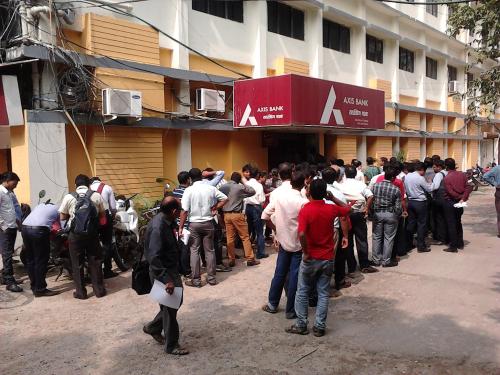
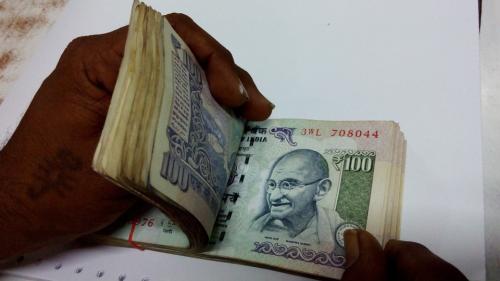
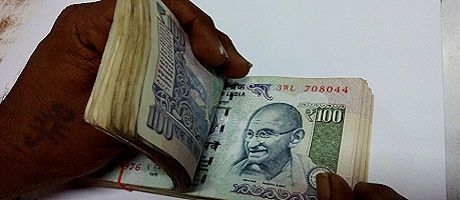
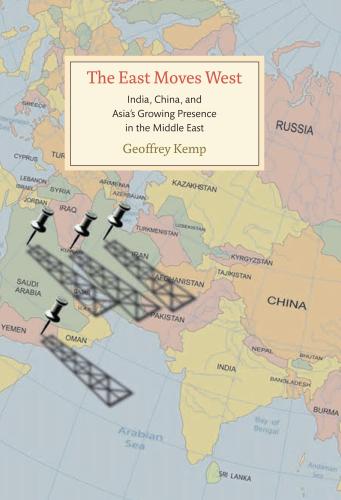
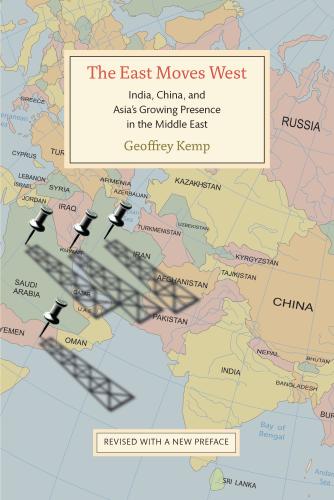




Commentary
Op-edDemonetisation – thereafter proposing a new abnormal
The Indian Express
January 23, 2017